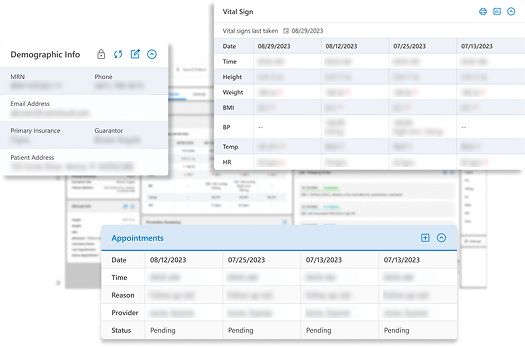-
- NASDAQ: CCLD $2.92
- 1-877-342-7517
A comprehensive initial evaluation by a physical therapist to recognize the patient’s functional deficits that interfere with his specific work tasks and establish an appropriate treatment plan and goals.

For reimbursement of these CPTs following elements must be documented in the Physical Therapy Notes:

MODIFIERS | PLAN OF CARE |
GP | Outpatient Physical Therapy |
GO | Outpatient Occupational Therapy |
GN | Outpatient Speech-Language Pathology |
CQ | Outpatient Physical Therapy by a Physical Therapist Assistant (completely or partially) |
CO | Outpatient Occupational Therapy by an Occupational Therapy Assistant (completely or partially) |
We’re Here to Help
Our experts are ready to assist
you in real-time.
